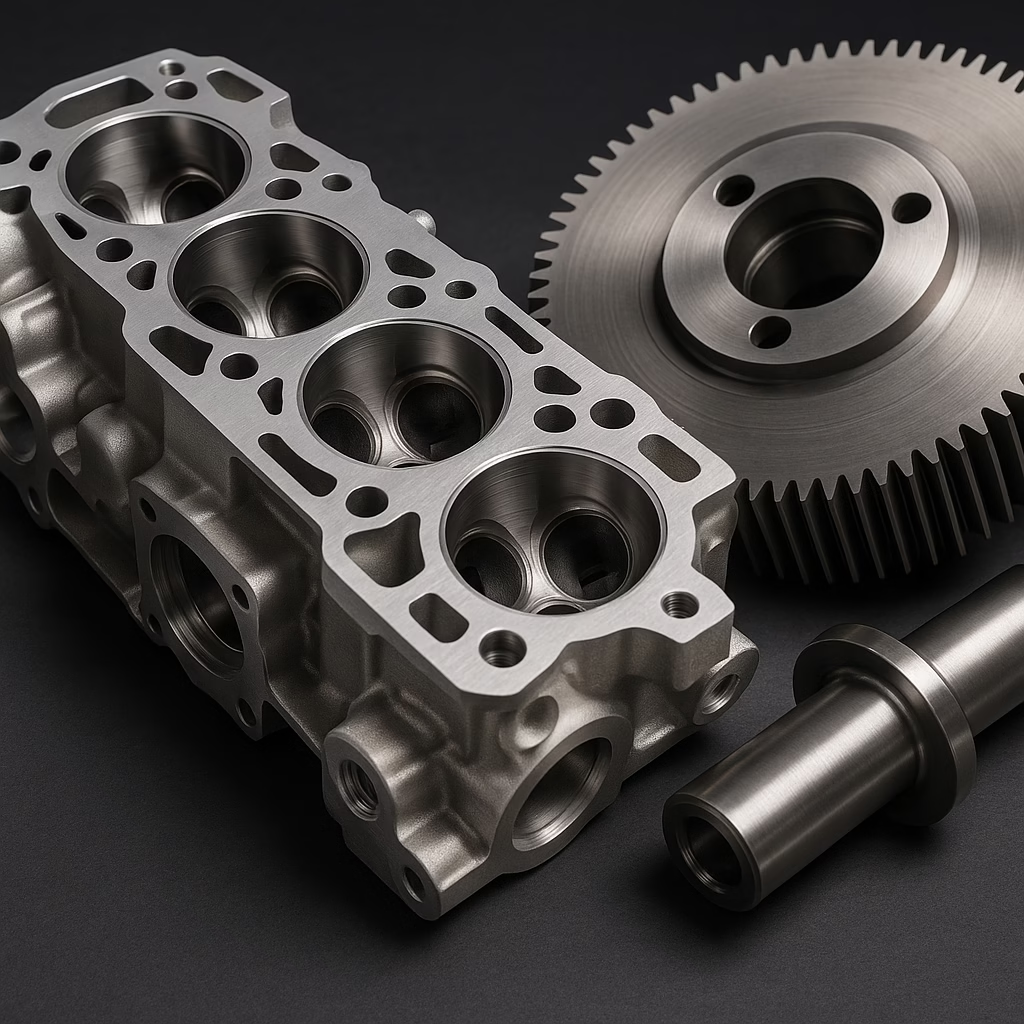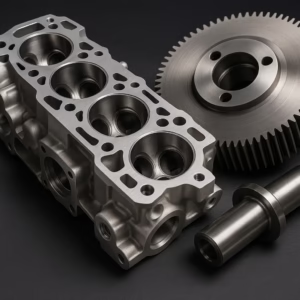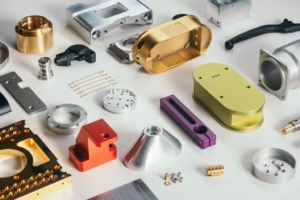CNC Machining in the Automotive Industry
In today’s automotive industry, precision and reliability are non-negotiable. Whether in traditional internal combustion vehicles or modern electric cars, CNC machining plays a vital role in manufacturing high-performance components with tight tolerances, complex geometries, and consistent quality.
In this article, we’ll explore key automotive components that depend on CNC machining and why this technology is indispensable to OEMs, Tier 1 suppliers, and the custom aftermarket world.
1. CNC Machined Engine Components
One of the most critical areas for CNC application is the engine system. From the engine block to cylinder heads, intake manifolds, and exhaust components, CNC machining enables manufacturers to:
- Achieve precise combustion chamber geometry
- Maintain perfect flatness and alignment
- Use materials like aluminum or high-grade steel with complex internal features
CNC ensures that these components not only fit perfectly but also perform reliably under extreme temperatures and pressures.
2. Transmission & Gearbox Components
Gearbox housings, clutch covers, and differential cases are among the most geometry-sensitive parts in a vehicle. CNC milling and turning allow for:
- Precise gear alignment surfaces
- Complex cavity milling for oil flow and cooling
- High-strength aluminum or cast iron machining with ±0.005mm tolerances
These components must endure rotational stress, torque transfer, and vibration—making CNC precision essential.
3. Electric Vehicle (EV) Parts
As the automotive industry shifts to electric mobility, CNC machining is increasingly applied in EV components such as:
- Battery housingsand trays
- Cooling platesfor thermal management
- Electric motor housingsand inverter enclosures
These parts often require lightweight but durable materials, such as aluminum alloys, and complex multi-axis machining to meet tight installation and safety specifications.
4. Chassis, Suspension, and Structural Parts
Suspension systems demand both lightweight and high-strength components, where CNC machining delivers consistent quality in:
- Control arms
- Steering knuckles
- Shock absorber mounts
- Custom brackets and bushings
CNC allows for high-volume production of structural parts with repeatable strength, dimensional stability, and accurate hole positioning, which is crucial for safety and comfort.
5. Prototyping & Custom Aftermarket Parts
Beyond mass production, CNC machining is also key for:
- Rapid prototypingof new vehicle components
- Low-volume, high-performance aftermarket partsfor motorsports or customization
- Reverse-engineered replacement partsfor vintage or rare models
It offers the flexibility, speed, and repeatability needed to iterate designs quickly while maintaining functional integrity.
Why CNC Machining Is the Ideal Process for Automotive Parts
- Tight tolerancesfor moving assemblies and sealing surfaces
- Material flexibility– compatible with aluminum, titanium, stainless steel, and composites
- Repeatability– ensuring consistent quality in every unit
- Scalability– from prototypes to serial production
With these benefits, CNC machining has become a backbone of modern automotive manufacturing.
Looking for a CNC Partner for Automotive Parts?
At Jiangxi Prototek Imp&Exp Co., Ltd, we specialize in CNC milling, turning, and drilling for automotive components. Our ISO 9001-certified processes, multi-axis machining centers, and experienced engineering team ensure:
- Fast prototyping and sampling
- Medium-to-high volume production
- Full inspection and quality reports
- Global shipping and engineering support
Contact us today to discuss your automotive CNC part needs—or upload your drawing for a fast quote.
If you have any needs, contact us via email at Lynnyao@prototekparts.com 或致电+86-0792-86372550
标签
- Automative Industry Parts

























































